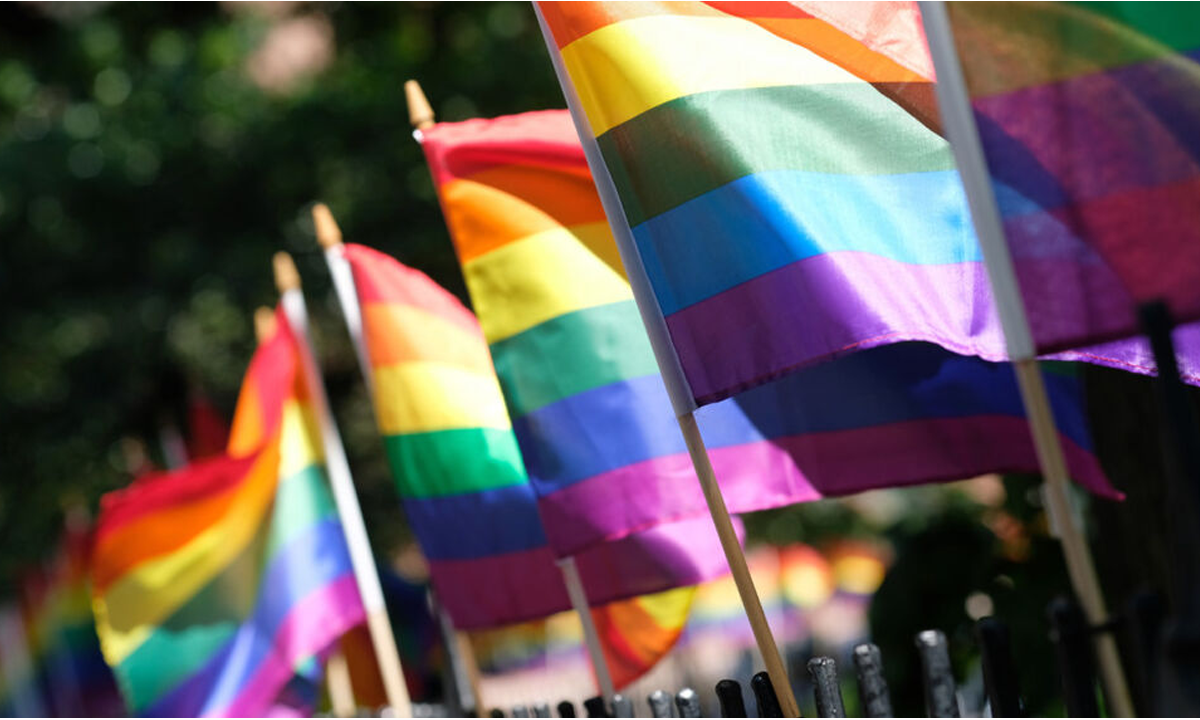Written by Nathaniel Mannor
Since the dawn of civilization, we have created symbols, such as flags, expressing unity among a familiar ideology while distinguishing ourselves from others who do not share our values. Some signify a particular race, religion, ethnicity, or set of ideas. Take our beloved American flag. Since the nation’s inception, our banner has included 13 stars for the 13 colonies and has evolved to incorporate new states admitted to our beloved union.
While change is necessary to accommodate everyone under a common creed, some flags only change to further divide and break down their various coalitions.
Take, for instance, the Progress Pride flag, which strives for “inclusion” and “tolerance” for “all” by conveniently leaving out anyone who doesn’t belong among their exclusive ranks. Originally a simple rainbow flag for gay pride in 1978, the pride flag has expanded to include BAME (black, Asian, ethnic minority) people and transgender people. Their place on the Progress Pride flag takes the form of black and brown stripes and blue, pink, and white stripes, respectively.
But this year, the Progress Pride Flag got an update from designer Valentino Vecchietti to include intersex people. The New Progress Pride flag displays all the previous stripes and colors but now features a yellow triangle with a purple circle in the middle.
This represents the problem of the ever-expanding LGBT+ community. Rather than unify under one emblem, they keep amending their flag to include every new marginalized group that claims membership. However, in doing this, they further divide themselves into their various identities instead of realizing their commonality. Therefore, they must keep adding to their flag to avoid offending their included groups.
But why stop there? Why not just keep expanding their flag to include every group claiming membership until every individual has their place on the New Progress Pride flag to represent everyone’s individual identity that needs validation. That’s sure to unite us, right?




